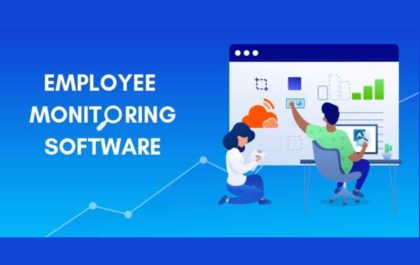Table of Contents
Introduction
Simulations and Modeling are two tools closely related to science and engineering. They represent working tools that can help to experiment with theories and mechanisms. They are used in many fields, such as engineering, medicine, finance, physics and many others. To find out what the reasons are for using simulation and modeling, read this article.
Knowing future outcomes and consequences
Predicting future outcomes and consequences is important in many scientific disciplines. By using modeling and simulation models, scientists can know how a system or process will react under specific conditions. This ability can be used to identify potential risks, test hypotheses and plan future interventions.
In the field of medicine, for example, modeling and simulation can be used to anticipate treatment outcomes, relapse risks, and side effects. Similarly, in industry, modeling can be used to know in advance a product’s performance, production costs and potential market outcomes.
Identify weaknesses and opportunities for improvement
Modeling and simulation can help identify weaknesses and opportunities for improvement in many industries. They allow for the creation of virtual models of a system, process or product that can be used to identify different configurations and scenarios.
These models can be used to understand the weak points of a system and to make improvements. If you need to know more about modeling and simulation, click on this link.
By using modeling and simulation, to identify weak points, and opportunities for improvement, it is possible to reduce the risks and costs associated with potential errors or problems.
Training and educating people about complex situations
To train and educate people about complex situations, it may be possible to use modeling and simulation. Simulations can be used to create realistic scenarios and safe, controlled learning experiences, allowing learners to become familiar with potentially dangerous or difficult situations without risking their safety. Modeling, on the other hand, can use models to explain the processes and interactions between the different parties involved in a complex situation, providing visual illustrations and accurate data.
In addition, simulations can also be used to test different approaches and intervention measures, allowing learners to see the results of different actions and make informed decisions. In this way, safety, quality, and efficiency can be improved in many sectors, such as medicine, engineering, finance, and many others.
Testing assumptions and ideas without negative effects
Simulations and Modeling are valuable tools for testing hypotheses and ideas without negative effects. By creating virtual models, designers can explore different configurations and scenarios, adjusting and optimizing parameters to achieve desired results. Simulations can also be used to test hypothetical scenarios and emergency situations, allowing users to predict future outcomes and potential consequences of actions taken.
In addition, using modeling and simulation to test hypotheses and ideas allows designers to quickly and accurately assess the potential performance of systems, processes, or products, avoiding the costs and risks associated with actual testing. This makes it possible to verify the veracity of an idea, the effect in real life. Therefore, modeling and simulation offers a virtual world of each idea and other hypothesis.
Related posts
Recent Posts
The Top 10 Electronics Stores Near Me Chandler, Arizona, United States
The Top 10 Electronics Stores Near Me Chandler, Arizona, United States Are you looking for electronic stores near Chandler, Arizona,…
Navigating Efficiency and Ethical Oversight: The Power of Employee Monitoring Software
Introduction: In today’s rapidly evolving business landscape, where remote work is increasingly prevalent, ensuring productivity, security, and compliance has become…

![Four reasons to use Simulations and Modeling [2024]](https://www.computertechreviews.com/wp-content/uploads/2023/04/simulations-and-modeling-1200x675.webp)

